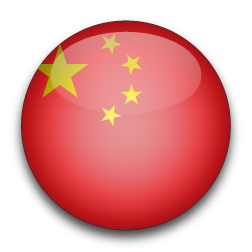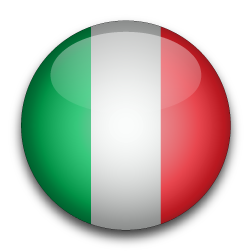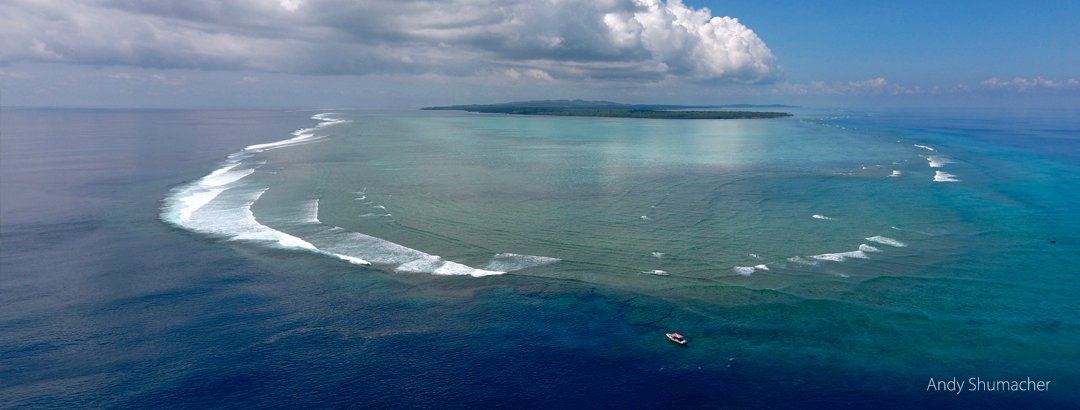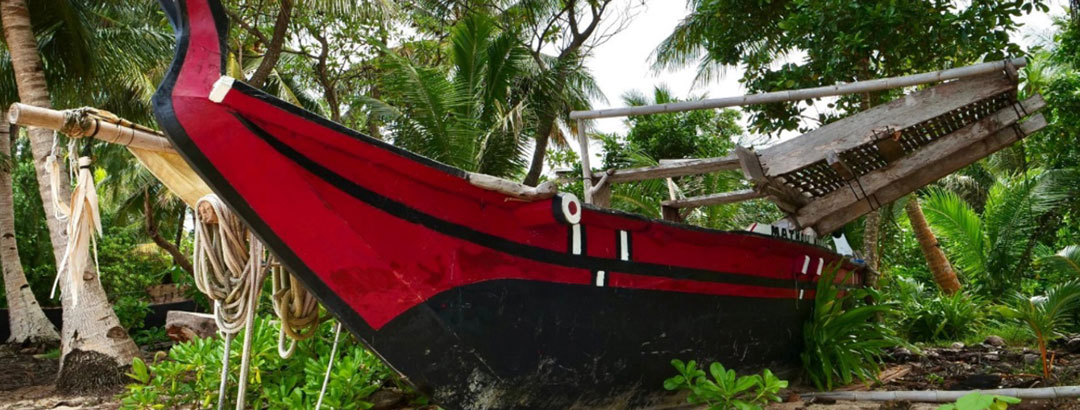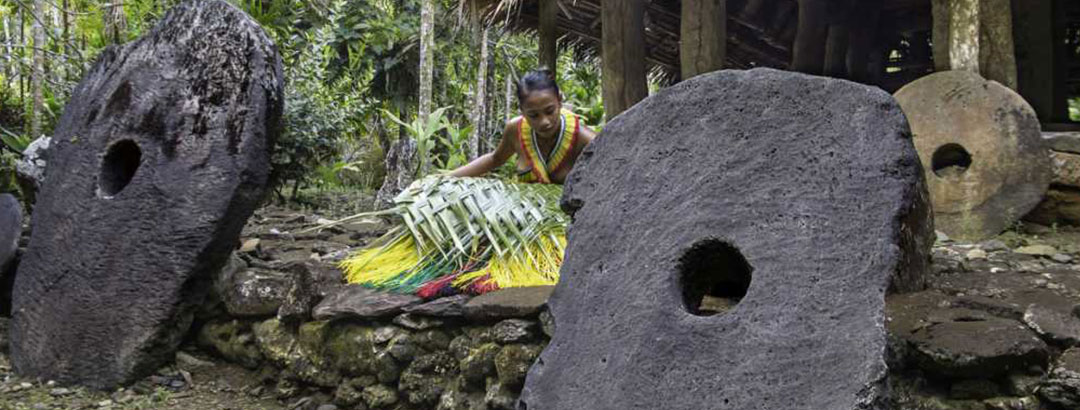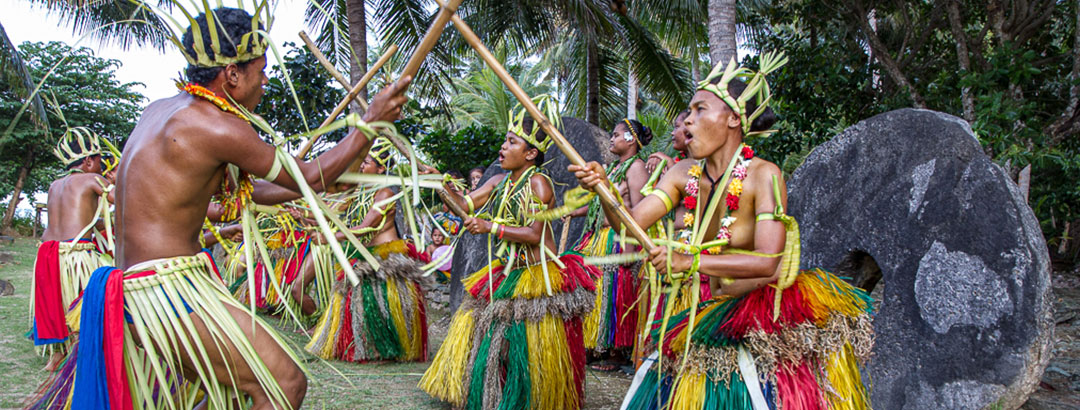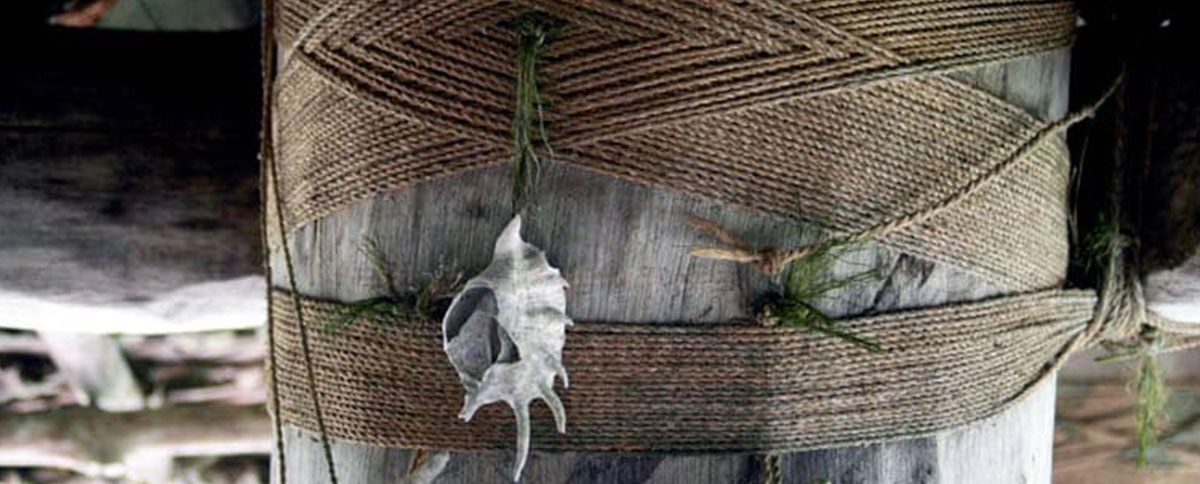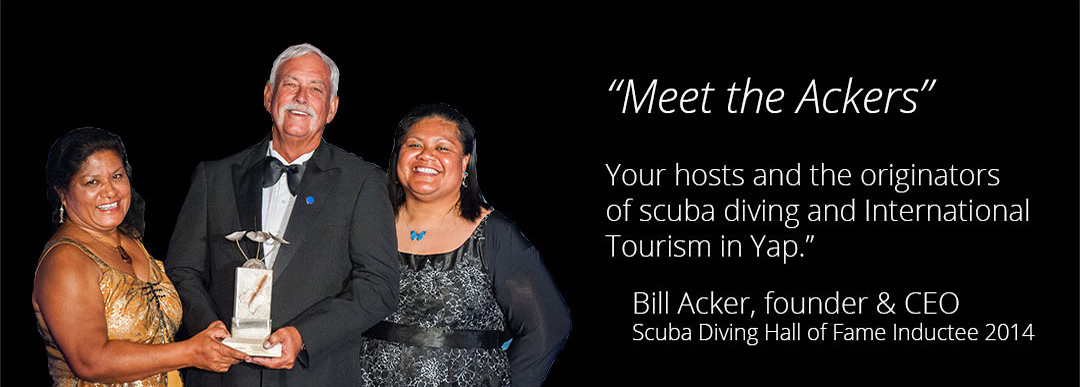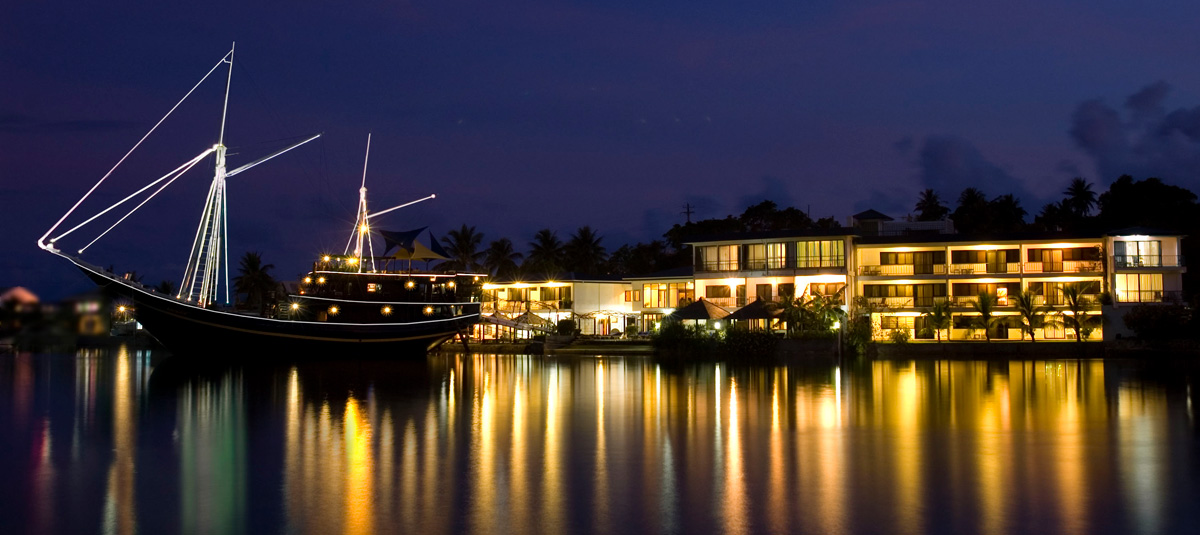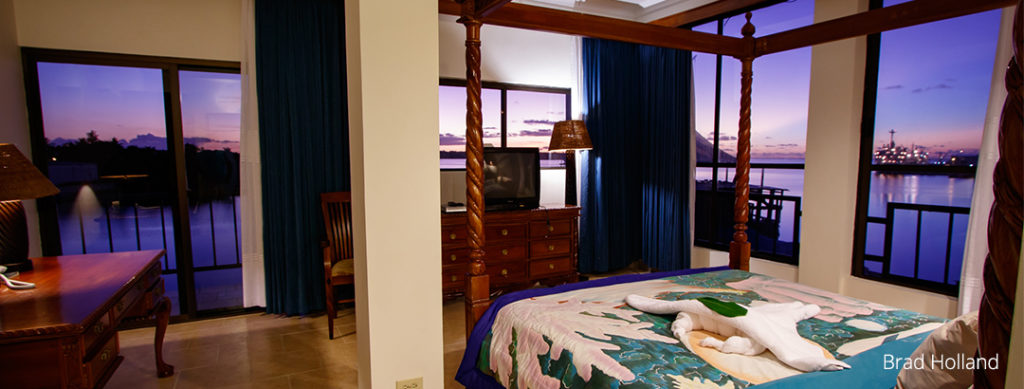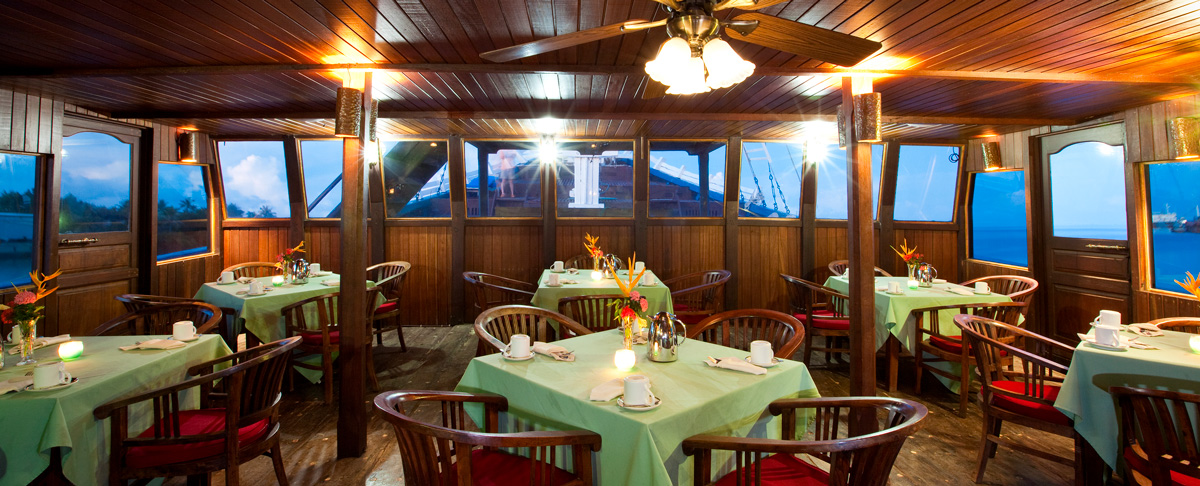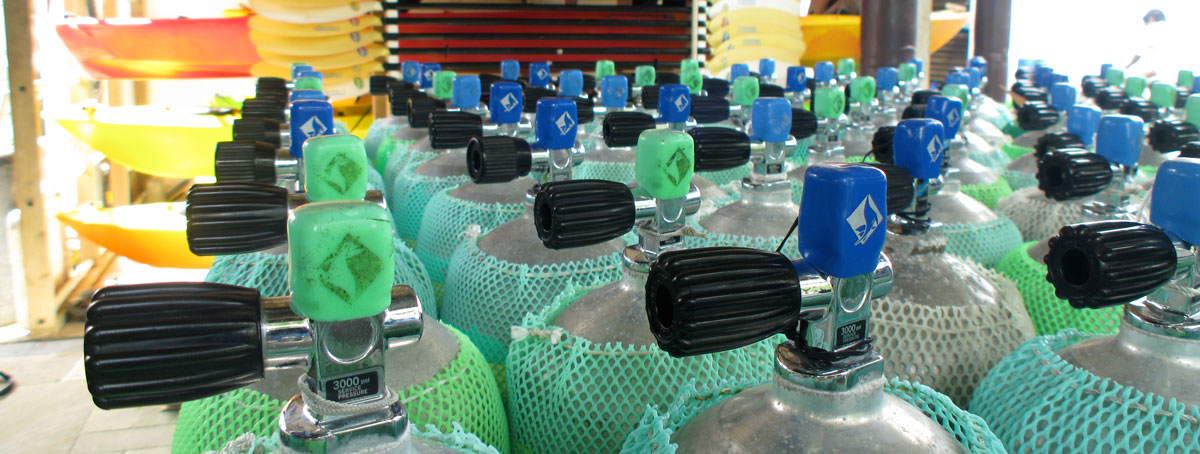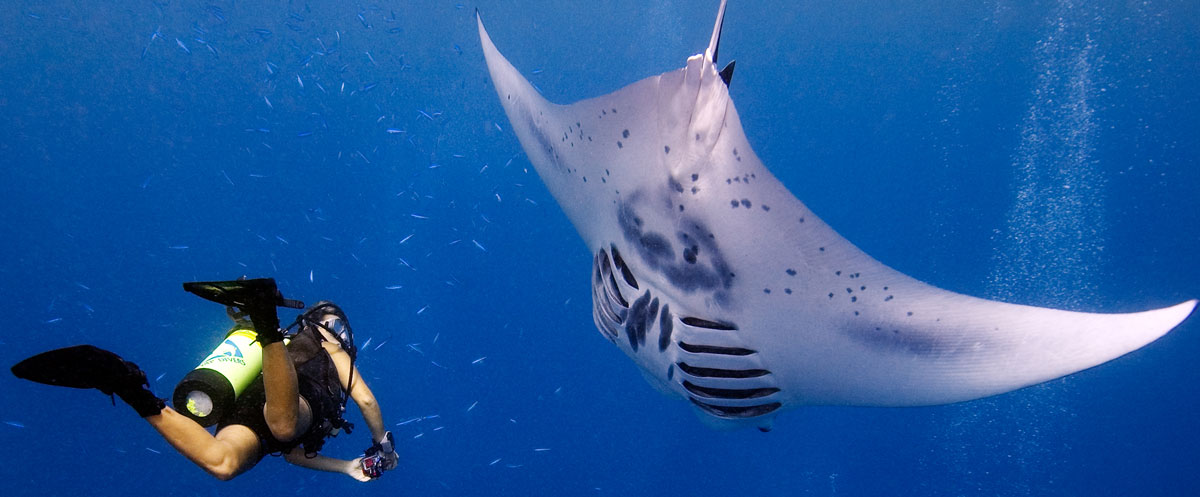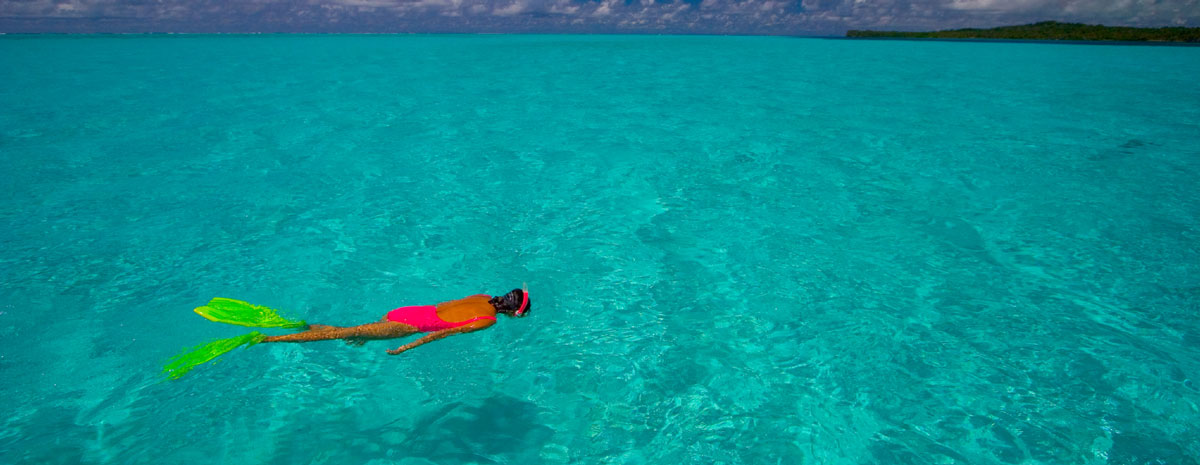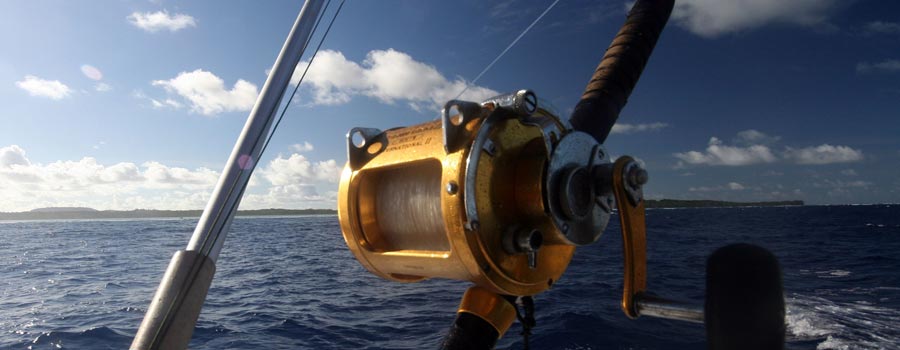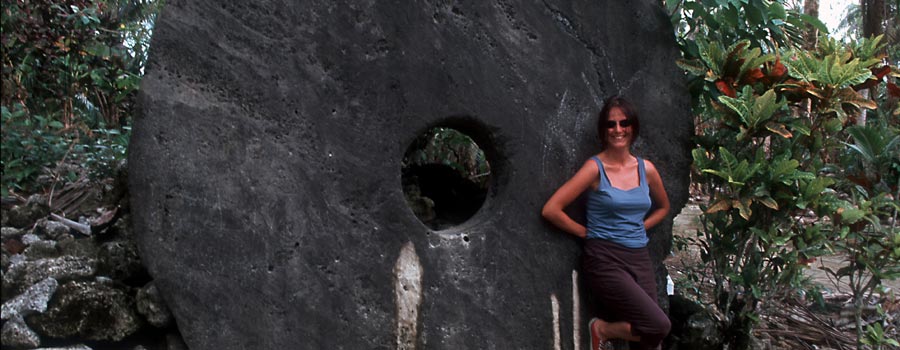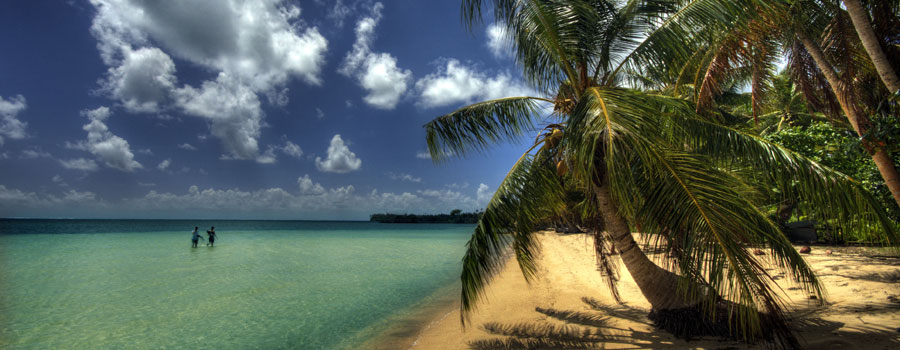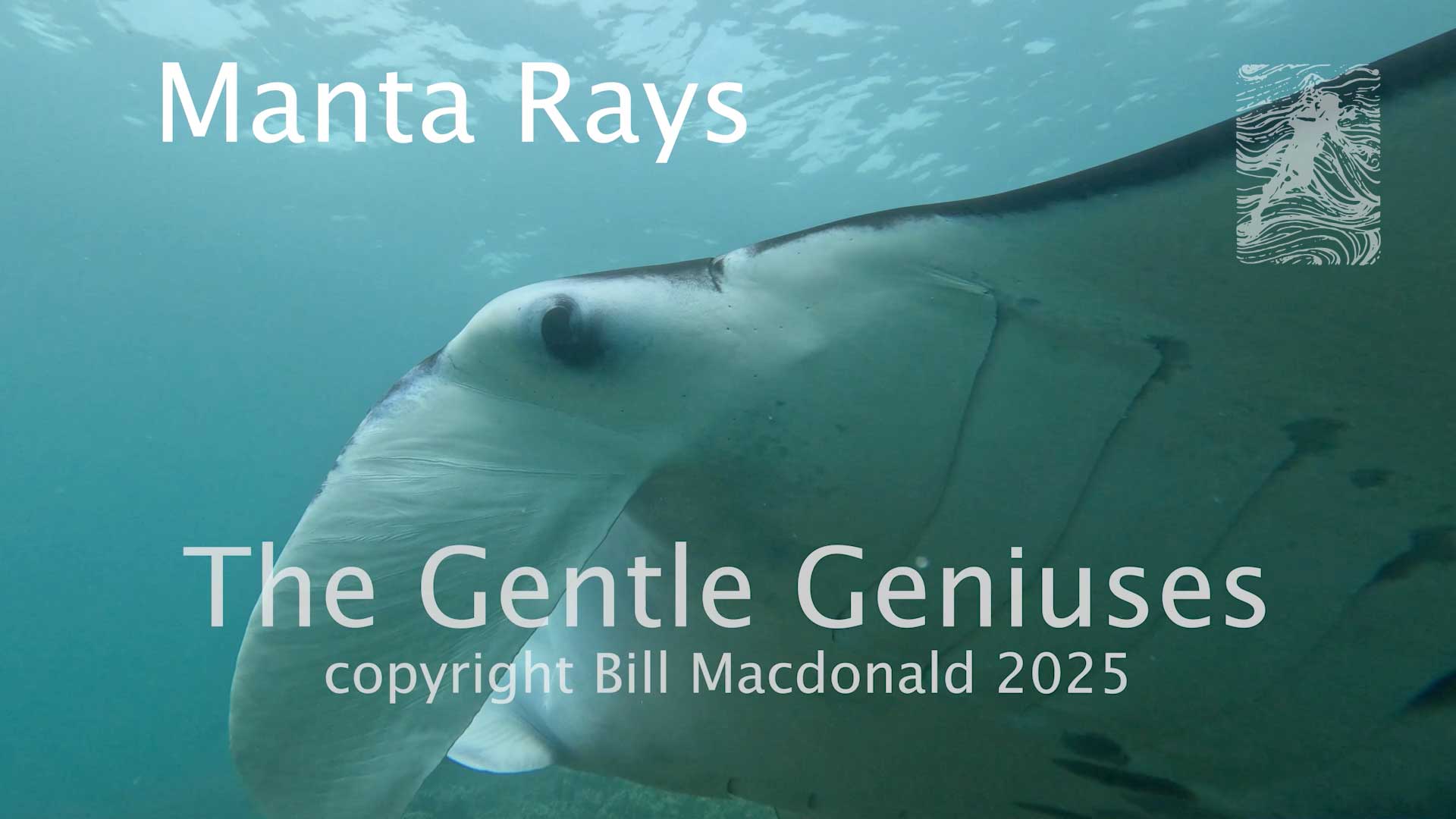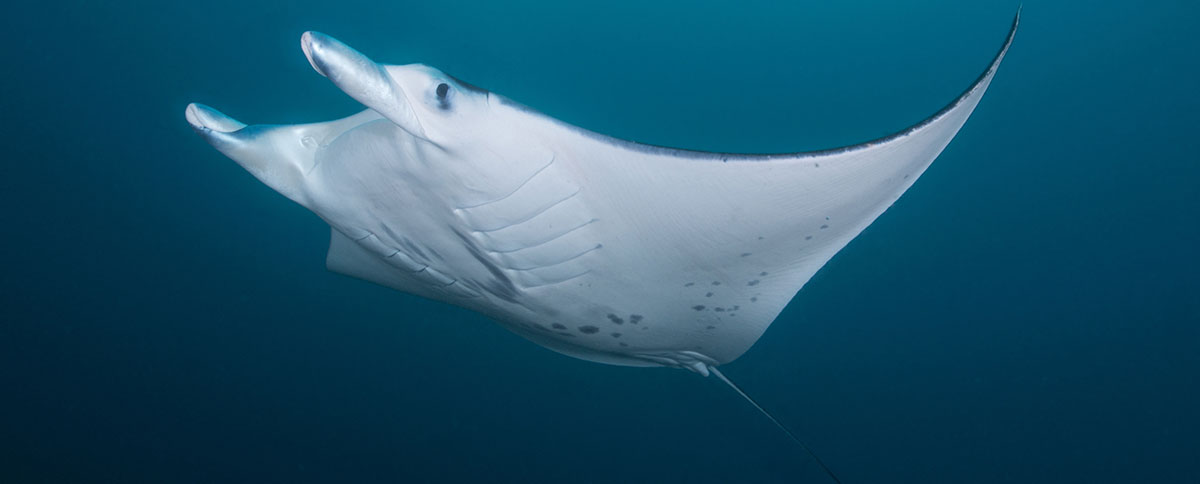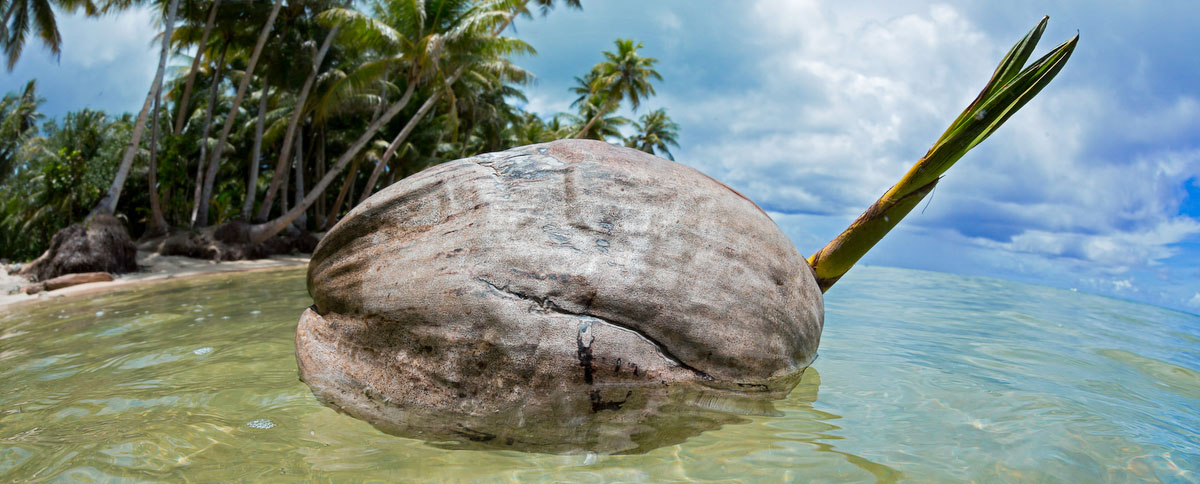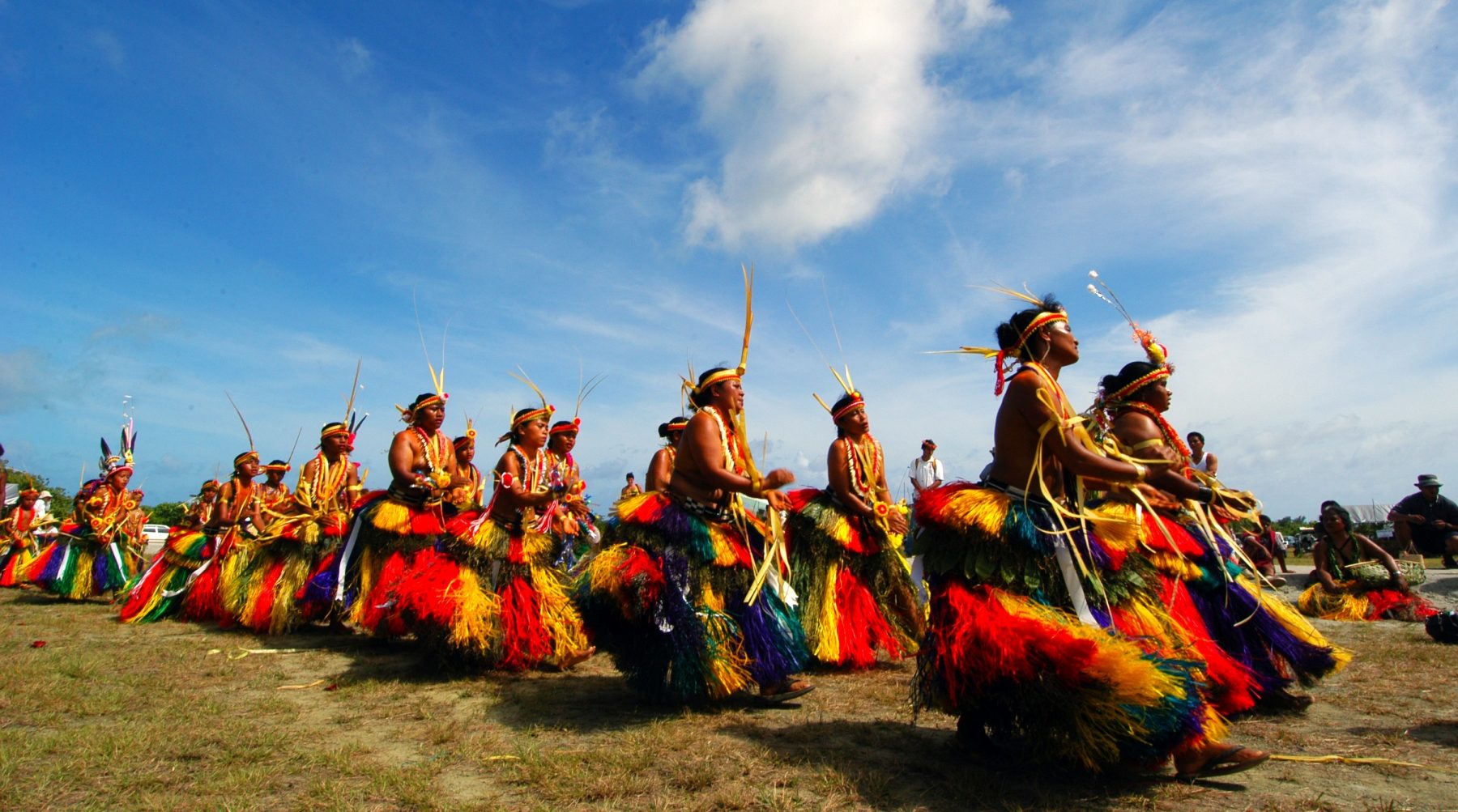History & Cultural
THE ISLAND OF STONE MONEY, WWII HISTORY & TRADITIONAL CULTURE – YAP
With a fascinating history and rich culture and only selective western influence, the Island of Yap is a wonderfully unique setting found nowhere else in the world.
History
Yap is believed to have been settled by seafaring people from the area today known as eastern Indonesia and the southern part of the Philippines sometime around 1500 B.C. By 1525 A.D. the Portuguese explorer Diego da Rocha arrived in Yap.
By this time the Yapese are well known among the indigenous people all over Oceania as expert sailors and navigators.
During the 1870s both Spain and Germany lay claim to Yap. Papal intervention by Leo XIII decides the issue in Spain’s favor, but by 1899 they sell Yap to Germany.
In 1919 the Japanese take control of Yap. They are to remain until the end of WWII when Yap is occupied by American forces.
Today Yap is part of the Federated States of Micronesia, which also contains Chuuk, Pohnpei, and Kosrae. The FSM is a sovereign nation with a seat in the UN but is closely allied with the US through a Compact of Free Association adopted in 1986. Under the agreement, the FSM receives financial aid and various other benefits, such as the US Postal Service handling the mail. US Dollars are the official currency of the FSM.
English is widely spoken in Yap, even among the Yapese. There are no less than four major traditional languages: Yapese, Ulithian, Woleaian, and Satawalese. Yapese is spoken on Yap proper, the others on the outer islands.
The Yapese have managed to maintain their unique culture while selectively adopting desirable improvements from the west. Modern schools have created a very high level of literacy and good health care is readily available.
The people living on the northernmost of the four islands comprising Yap proper: Rumung have chosen to avoid contact with western civilization as much as possible. They generally do not encourage visitors, and have even removed the old bridge that connected Rumung to Yap proper!
Culture
The Yapese have managed to maintain their ancient culture better than anywhere else in Micronesia. The heritage and traditions of the Yapese people are carefully nourished to preserve the Micronesian way of life.
Yapese culture centers around the village. Most Yapese still live in villages as their ancestors have for millennia. The contrast between old and new is sometimes staggering to the casual visitor, as well educated Yapese, fluent in English and with access to modern schooling and health care still prefer to lead their lives in the old fashioned way.
Village life is influenced by a caste system that is complex and full of subtle nuances a visitor can never hope to fully understand. Status and success in Yapese society can be gained in a variety of ways, but the acquisition of material wealth in western fashion is not one of them.
A shy, but gentle and friendly person, the Yapese welcome visitors from abroad. On our cultural tours, you will have the opportunity to visit a village and experience village life and traditions for yourself.
The Yapese have a strong tradition of chants and dances, often of ancient origin. The chants and dances always tell a story, and teaching them to each new generation is an important part of preserving the Yapese heritage. Be sure to check out our video clips of some traditional Yapese dances.
Magic and ritual have a strong influence on Yapese society. “The magic is strong in Yap” is a commonly held opinion throughout most of the western Pacific, where the Yapese are held in great esteem as great sorcerers and navigators.
Stone Money
Yap is probably best known among non-divers as the Land of Stone Money. Up to 12 feet in diameter these massive stone discs rates without competition as the largest coins in the world.
The US dollar is the common currency in Yap, but the stone money is still used to this day for major transactions like payment of dowry or purchase of land.
One of the amazing facts about the stone money, or Rai as they are called in Yapese, is that these gigantic stone discs were not quarried on the island. Instead, the Yapese traveled by outrigger canoe more than 300 miles to the neighboring island nation of Palau. There, in a quarry on northern Babelthaob, the Rai were hewn out of the rock with primitive tools and brought back to Yap on a perilous journey in the canoes.
The value of an individual Rai piece is not determined by its size alone. Its shape, the quality and texture of the stone, and most important: the difficulty of acquisition is equally important. The greater the effort involved in bringing it safely home, the storms encountered and all too often, the men lost in the process – contribute to increasing the value.
The Rai are not carried about, for obvious reasons. Individual pieces are found all over Yap, but most are kept in “Stone Money Banks” in the villages.
When Rai shift hands as the result of a land transaction, a wedding, or otherwise, the news spreads fast and it is soon common knowledge that a particular piece has a new owner. The Rai are seldom moved but remain where they stand.
In the mid 19th century the Irish-American trader and adventurer David Dean O’Keefe started a successful business using his ship to carry stone money from the Palau quarries to Yap in exchange for copra and beche-de-mer.
The Yapese liked the idea, and even if the “O’Keefe-money” was valued much lower than the Rai brought by canoe, they offered a welcome possibility for the less well-off to own money and thus increase their status in the village. O’Keefe was well-loved by the Yapese people who refused to trade with anyone else, and he maintained his monopoly for over 30 years.

